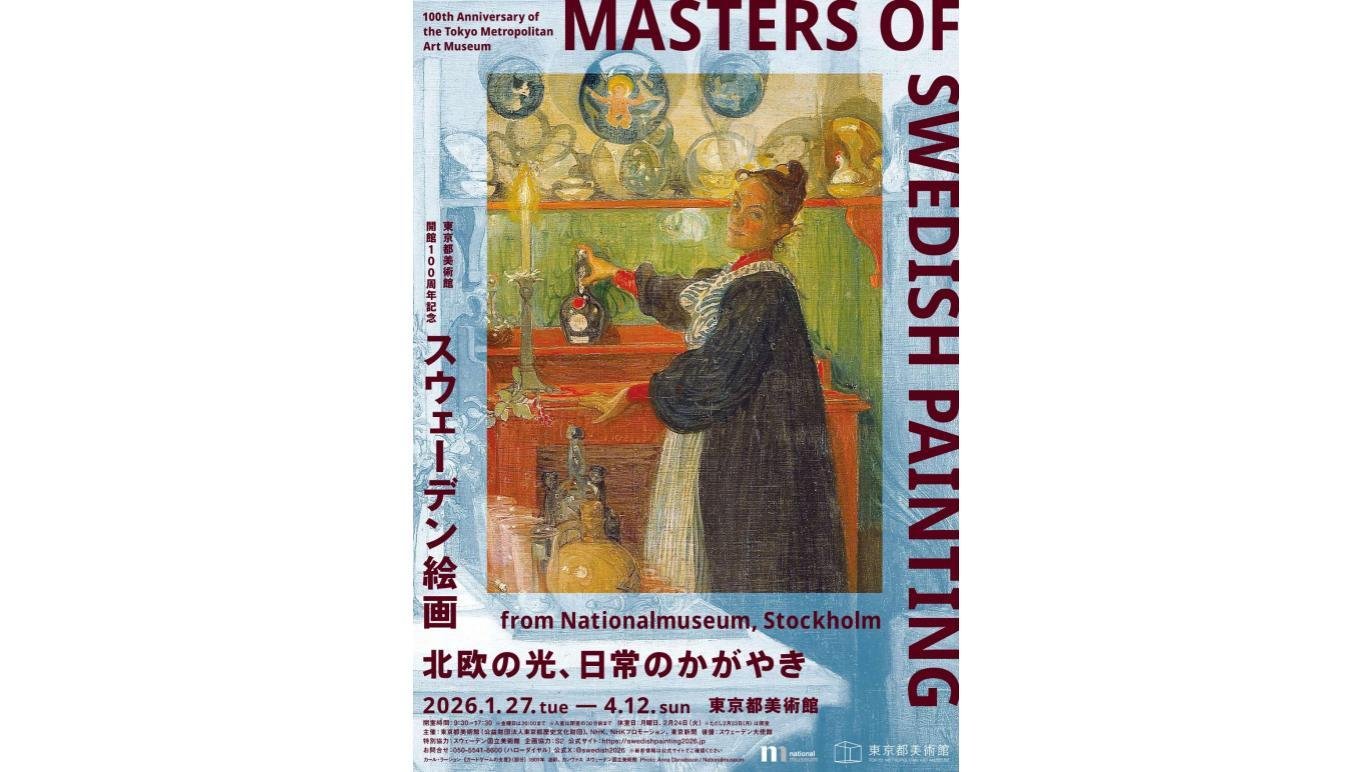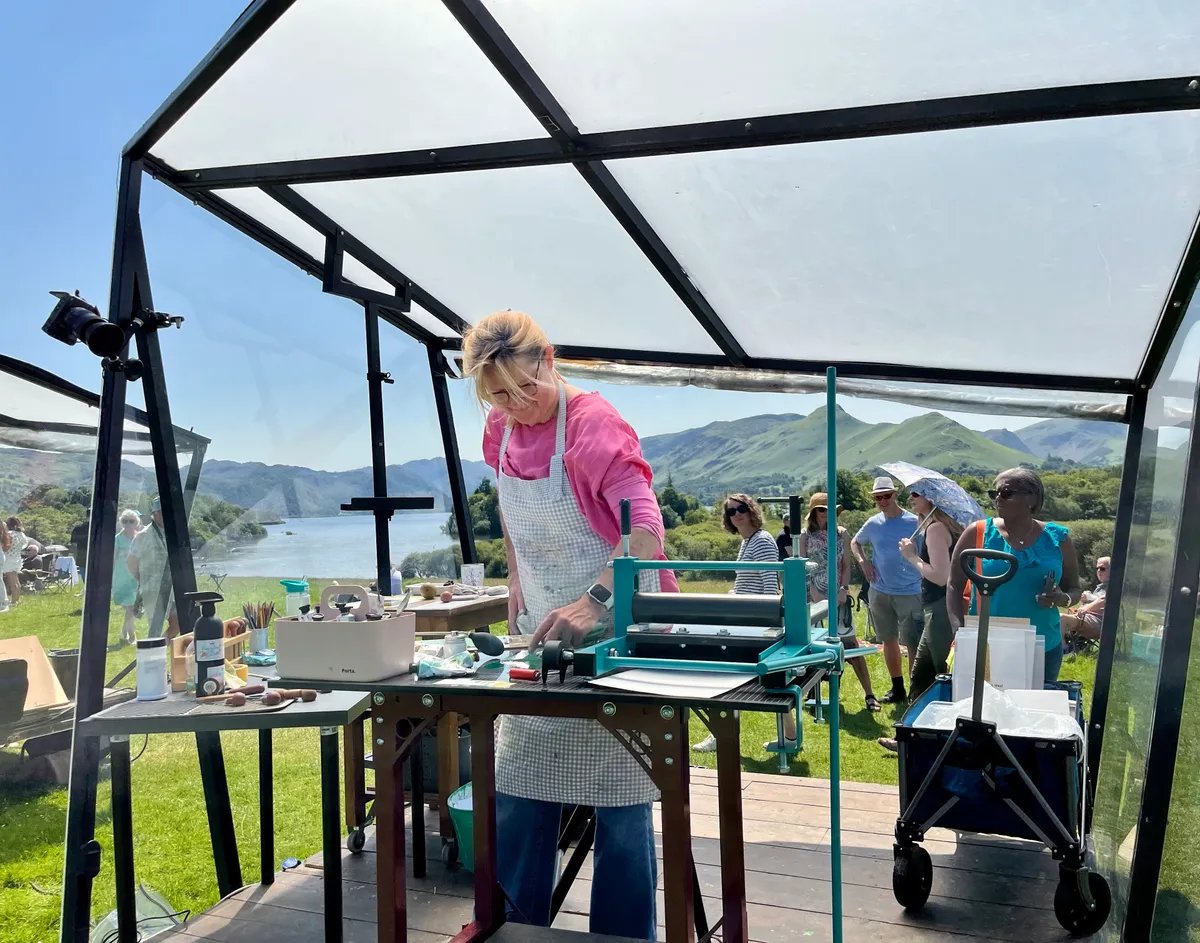Click here to zoom in on the above image.
In her exhibition at San Francisco’s Institute of Contemporary Art, artist Suchitra Mattai explores her own immigration story and those of her ancestors.
When people leave their home countries, Mattai said, they can carry only so many physical possessions. That makes their memories all the more precious as ties to their past lives. In recalling them, their identities clarify and are reinforced, but they can also shift, thanks to the fragility and malleability of the mind.
Those are the concepts that Mattai aims to capture in her art installation, “memory palace,” part or her larger exhibition, “she walked in reverse and found their songs,” her latest in a line of work that examines colonialism. Visitors can view Mattai’s installation for free through Sept. 15 at the museum, located at 901 Minnesota St., in the Dogpatch neighborhood.
Sign up for our free weekly newsletter for thoughtful journalism that you won’t find elsewhere.
The installation reflects the impermanence of memory, with recognizable as well as abstract, dreamlike elements: furniture that might be found in a living room, large balls of twisted colorful textiles, and videos of the Atlantic Ocean that Mattai shot on a trip tracing her ancestors’ journey. They were indentured laborers forced to travel from India to Guyana, South America, to work on sugar plantations.
“I wanted it to be the domestic space that then became inhabited with these strange sculptures and creatures, because the space of memory is ephemeral,” she said. “It’s always changing. It’s transformative, and that interior space allows for all of this to happen, so it’s a space of fantasy or myth.”
Reporter Emily Wilson interviewed artist Suchitra Mattai on her podcast, “Art is Awesome.” Click the audio player above to listen.
The name “memory palace” refers to a mnemonic device by which someone imagines a location and places objects or information there, then revisits it later to recall those things. Mattai heard about the technique when getting her Master of Fine Arts degree in painting and drawing at the University of Pennsylvania, and it intrigued her.

Nicholas Lea Bruno
The art installation “memory palace,” made from found South Asian processional umbrella, braided saris, woven saris, found furniture, tassels, beaded trim and gold rope, with video footage. Courtesy Roberts Projects and the artist.
The exhibition is a sort of maximalist explosion of color. All the art pieces are fabric, from two-dimensional works that resemble paintings to a recreation of the house where she was born.
Called “Pappy’s house,” it represents the home as a single repository for remembrances, as a counterpoint to “memory palace,” which depicts the assemblage of things and thoughts that inhabit a living space. “Pappy’s house” is an ode to where her grandparents lived and where the family gather, often for important events like weddings.
“My earliest memories are in that house,” she said. “There’s something about capturing those stories and memories that helps define oneself, so I think making it or a version of it is a way to find something out about oneself.”
“Pappy’s house” is made of used saris, the ornate colorful garments that Indian women traditionally wrap around themselves, as a nod to her ancestors’ roots. It is “woven of memories of India,” she said. Like many houses in Georgetown, Guyana’s capital and chief seaport, this one stood on stilts to avoid flooding, and Mattai’s rendition almost seems to levitate above the ground.

Nicholas Lea Bruno
“Pappy’s house,” made from worn saris, aluminum, beaded trim and tinsel. Courtesy Roberts Projects and the artist.

Nicholas Lea Bruno
“Pappy’s house,” courtesy Roberts Projects and the artist.
Weaving a floating house of saris is no easy undertaking, and that made it fitting for the Institute of Contemporary Art, which is “dedicated to experimenting in public,” according to its website. Director Ali Gass encourages artists to try something they’ve always wanted to do, and that will push their craft to the next level. The ICA opened in October 2022 with a show by queer indigenous artist Jeffrey Gibson, who removed part of the floor to reveal the soil underneath as a way of honoring the land. And artist Patrick Martinez earlier this year had a sculptural installation that he called “a painting you could walk around.” Martinez is known for multimedia landscapes of Los Angeles using neon, spray paint and iron safety bars.
On the exhibition’s opening day, Mattai said she was thrilled by how it had turned out.
“I’m elated to see it all together and the way Ali’s curated it. I think that when you’re working on such a scale, you don’t know if it’s all going to work, right?” she said.
“We’re making the tapestries and wondering, ‘Are they all going to fit? Is [“Pappy’s house”] going to float in the way that I want?’ There are all these unknowns and things that are beyond your control,” she said. “Right now, I’m seeing the show as a whole for the first time and seeing all the parts feed into this idea of the “memory palace” and about the way memory functions in our creation of self, and I’m just so excited to see it all.”






